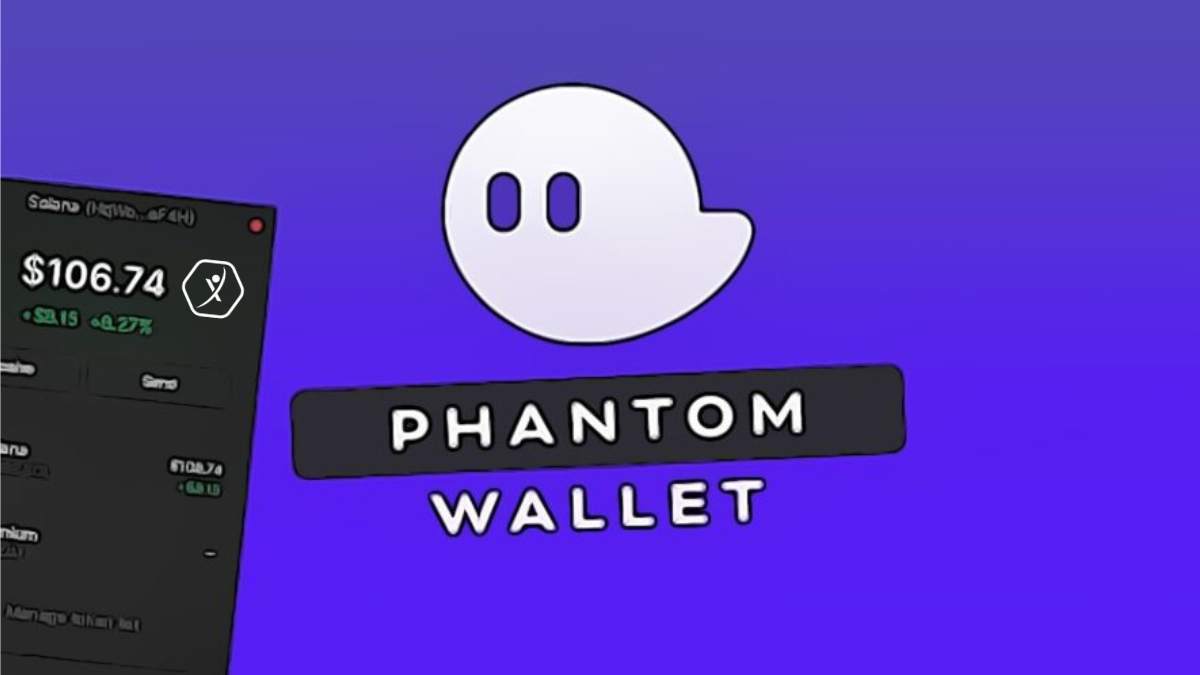So I was fiddlin’ with a few DeFi apps on my phone the other day, trying to sign a transaction, and wow—something felt off about the whole experience. You’d think with all the hype around crypto wallets these days, signing transactions on mobile would be slick, right? Nope. It’s often clunky, slow, and kinda nerve-wracking if you’re new to this. Seriously, I’ve used a bunch of wallets, and the security trade-offs on mobile have me scratching my head more than once.
Here’s the thing. Transaction signing is this invisible handshake between you and the blockchain, proving you’re the real owner of those tokens or NFTs. But on mobile wallets, especially in the Solana ecosystem, the UX and security dance is tricky—ever heard of a “man-in-the-middle” attack? Yeah, that’s why people get twitchy.
Initially, I thought all mobile wallets just had to live with these annoyances. But then I stumbled on Phantom’s approach, and honestly, it’s kinda a game changer. They blend ease-of-use with solid security in ways I didn’t expect from a mobile app. I mean, it’s not perfect — nothing ever is — but it’s the best balance I’ve seen so far.
Let me unpack why transaction signing on mobile generally gets messy, and what Phantom pulls off differently.
First off, when you’re signing a transaction on your phone, the wallet needs to verify a bunch of stuff: the sender, receiver, amount, fees, memos—sometimes all at once—and then get your cryptographic signature. Easy to say, hard to do smoothly. Oh, and by the way, this process demands a secure environment to keep your private keys safe, which is a tall order on a mobile device.
Mobile Wallets: The Security vs Convenience Tug of War
Mobile wallets walk a tightrope between keeping your keys secure and making transaction signing user-friendly. For example, some wallets store your private keys locally, encrypted behind your phone’s OS security. That sounds good, but my gut says there’s always a risk if malware sneaks in or if you accidentally download some shady app. Other wallets offload key management to cloud services, which might simplify things but raises flags about centralized risk.
Phantom takes a different route. They use strong encryption combined with device-level protections, and their UI makes every transaction transparent. You see exactly what you’re signing, which is crucial because, honestly, I’ve seen too many folks just blindly tap “approve” without checking. That’s a recipe for disaster in crypto.
Okay, check this out—Phantom’s mobile experience syncs with their desktop phantom extension, so you get the best of both worlds. You can approve transactions on your phone but still manage complex activities on desktop. That cross-device flow is smoother than I expected, and it gives me way more confidence that my keys aren’t just floating around somewhere.
Now, I’m not gonna pretend Phantom’s approach is flawless. Sometimes the app can lag when you’re dealing with high network congestion, or the notifications don’t always push through instantly. But the security layering? Top-notch for a mobile wallet.
Signing Transactions: What Makes Phantom Stand Out
One thing that bugs me about a lot of mobile wallets is how they handle transaction metadata. You get a cryptic summary, or worse—none at all. Phantom, however, tries hard to show you clear info about each transaction before you sign it. This transparency is huge because it gives you a fighting chance to catch weird or unexpected activity.
Also, Phantom leverages Solana’s recent updates around transaction serialization, which reduces the attack surface. That means they’re not just relying on flashy UI but actually digging into the protocol improvements to boost security. Honestly, that’s the kind of detail I appreciate as someone who’s been around the block with crypto wallets.
Another cool bit: Phantom’s handling of NFTs on mobile. Signing NFT-related transactions can be a pain because of how complex some of those smart contracts get. Phantom’s mobile app simplifies this by breaking down the transaction flow into digestible steps, making it less intimidating for newcomers.
Speaking of which, I’m biased, but if you’re deep in the Solana ecosystem and dabbling in DeFi or NFTs, Phantom’s mobile wallet isn’t just “another option”—it’s kinda the go-to. The way it manages transaction signing security while keeping things simple feels like it was built by people who actually use crypto daily, not just theorize about it.

Anyway, it’s worth mentioning that Phantom’s team is always pushing updates, which tells me they’re not resting on their laurels. They’re actively responding to user feedback, which is why the mobile wallet keeps getting better over time.
Why Users Sometimes Hesitate to Sign on Mobile — And What Can Help
On one hand, mobile transaction signing can be nerve-wracking because you’re dealing with a small screen and limited context. You can’t just eyeball all the transaction details like you would on desktop. Though actually, Phantom’s design tries to mitigate that by highlighting critical info in a user-friendly way.
Still, many users hesitate to sign transactions on their phones without double-checking on another device. That’s understandable. The risks are real, especially when you’re handling serious amounts or rare NFTs.
Something I’ve noticed in my circles is that pairing Phantom’s mobile app with their phantom extension on desktop offers this reassuring dual-layer setup. You initiate on one, confirm on another—kind of like having a co-pilot.
But here’s a subtle point: even with all this tech, the human element is huge. If you’re rushed, distracted, or just plain overwhelmed, no amount of security can save you from making a mistake. So, wallets like Phantom also focus on educating users with tips and warnings, which I find really helpful.
There’s also the question of backup and recovery. Phantom’s mobile wallet syncs with your recovery phrase, obviously, but the UX around managing that is smooth enough that I didn’t feel lost or worried about losing access. That’s a big deal because a lot of wallets make that process feel like defusing a bomb.
Final Thoughts: Transaction Signing on Mobile Is Getting There
Okay, so here’s the takeaway: transaction signing on mobile used to be this scary black box, but now wallets like Phantom are bringing transparency and security closer to what we expect on desktop. The journey’s not done yet—network hiccups and user education gaps remain—but it’s moving in the right direction.
Honestly, I’m cautiously optimistic. Using Phantom’s mobile wallet alongside their phantom extension offers a workflow that feels natural and secure enough for daily use in the Solana world. If you’re into DeFi or NFTs on Solana and have been holding back on mobile signing, maybe give it a shot—you might be pleasantly surprised.
Still, I’m not 100% sure this will satisfy everyone—some folks will always want the full control of cold wallets or hardware devices. But for the everyday user craving convenience without too much compromise, Phantom’s mobile transaction signing is legit worth checking out.
